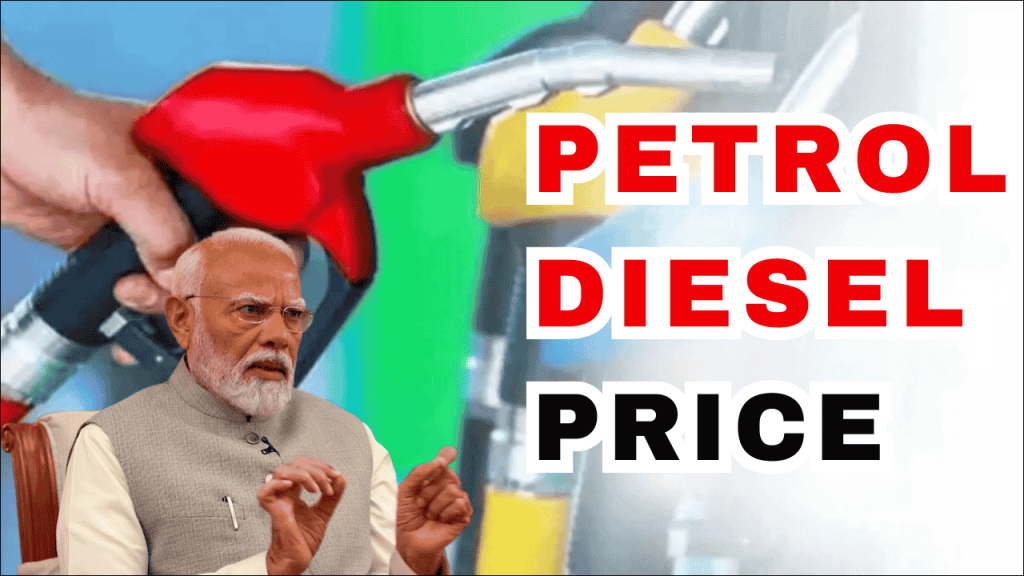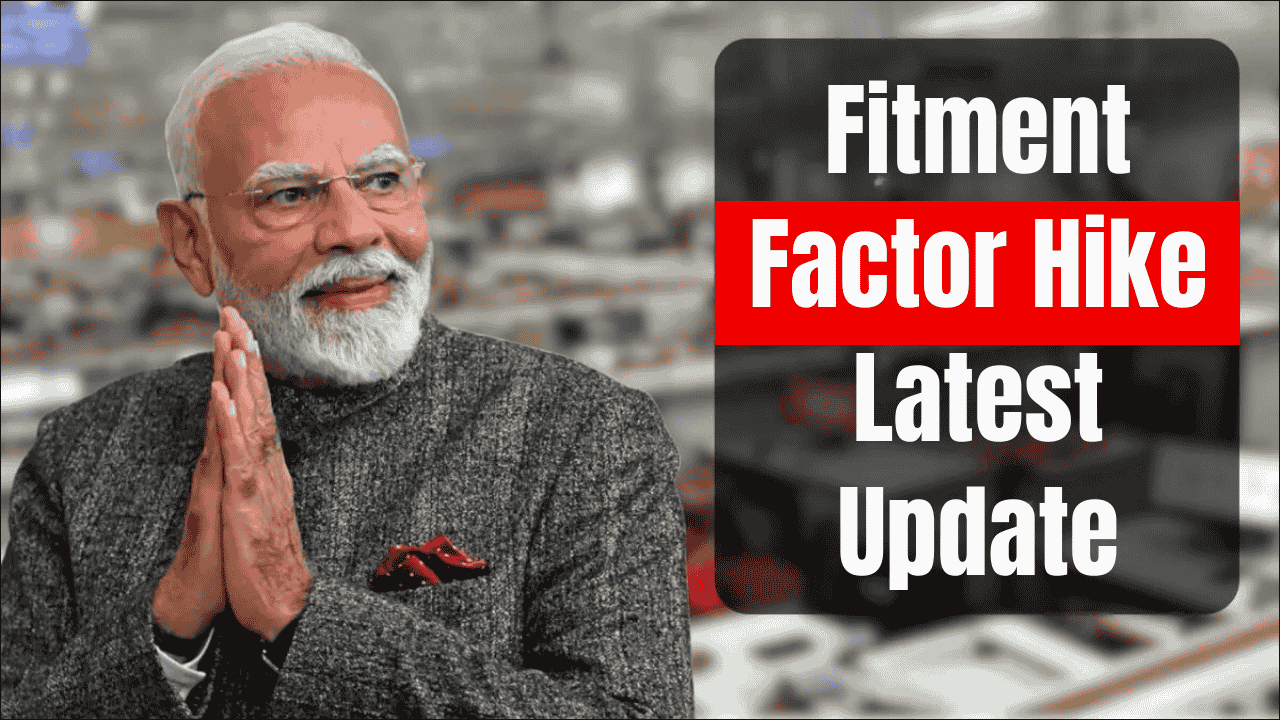
Oil marketing companies (OMCs) have rolled out revised petrol and diesel prices today, maintaining the pattern of daily rate adjustments that resumed following the general election period. These price modifications reflect shifts in global crude oil values, foreign exchange fluctuations, and additional market elements that shape India’s domestic fuel pricing structure.
Table of Contents
Global Influences on Current Fuel Prices
The newest fuel price adjustments occur against a backdrop of unstable international crude oil markets. Brent crude, which serves as the global benchmark, has fluctuated between $80-85 per barrel during recent weeks. This volatility stems from geopolitical uncertainties, production decisions by OPEC+ nations, and worldwide economic forecast concerns. These international market movements, together with variations in the rupee-dollar exchange rate, significantly affect retail fuel costs throughout India.
Following the deregulation of petrol prices in 2010 and diesel in 2014, India’s major OMCs—Indian Oil Corporation (IOC), Bharat Petroleum Corporation Limited (BPCL), and Hindustan Petroleum Corporation Limited (HPCL)—gained authorization to modify prices daily in response to international market conditions. Nevertheless, these companies typically temper extreme fluctuations to reduce consumer impact.
Current Fuel Rates in Key Indian Urban Centers
The latest price revision reveals considerable variation across different cities, primarily attributed to differing state taxation policies, transportation expenses, and local fees. Below is a detailed breakdown of current petrol and diesel prices in major Indian metropolitan areas:
| Metropolitan Area | Petrol (₹/liter) | Diesel (₹/liter) |
|---|---|---|
| Delhi | 96.72 | 89.62 |
| Mumbai | 106.31 | 94.27 |
| Chennai | 102.63 | 94.24 |
| Kolkata | 106.03 | 92.76 |
| Bengaluru | 101.94 | 87.89 |
| Hyderabad | 109.66 | 97.82 |
| Ahmedabad | 96.63 | 92.38 |
| Lucknow | 96.57 | 89.76 |
| Jaipur | 108.48 | 93.72 |
| Patna | 107.24 | 94.04 |
| Bhopal | 108.65 | 93.90 |
| Chandigarh | 96.20 | 84.26 |
| Guwahati | 97.34 | 89.22 |
| Thiruvananthapuram | 109.73 | 98.53 |
| Bhubaneswar | 103.19 | 94.76 |
| Raipur | 98.93 | 92.60 |
Key Determinants of Regional Price Differences
The substantial price disparities observed across India’s various urban centers can be traced to several fundamental factors:
State Tax Structures
Value Added Tax (VAT) on petroleum products shows significant variation across states, ranging from 10% to 30% depending on individual state government policies. States including Maharashtra, Rajasthan, Madhya Pradesh, and Telangana generally apply higher VAT percentages, resulting in elevated retail prices in cities such as Mumbai, Jaipur, Bhopal, and Hyderabad respectively.
Freight and Distribution Expenses
The geographical distance between refineries or storage facilities and retail outlets influences the transportation component of fuel prices. Urban centers situated farther from supply sources typically experience somewhat higher prices due to increased shipping costs.
City-Specific Surcharges
Certain municipalities implement additional charges such as civic taxes, entry fees, or environmental levies, further contributing to price variations. These localized charges can contribute an additional ₹1-3 per liter to the final consumer price.
Retailer Margins
Though subject to regulation, commission rates for fuel dealers can vary slightly between locations, introducing another element to the price differences observed across cities.
Recent Market Behavior and Forward Outlook
During the past month, fuel prices have demonstrated moderate volatility, with a general slight upward trajectory in most urban centers. Petrol prices have risen by roughly 1-2% on average, while diesel prices have experienced slightly higher increases ranging from 1.5% to 2.5%.
Looking toward the future, several key factors may influence fuel prices in upcoming weeks:
International Conflicts
Ongoing tensions in major oil-producing regions, especially in the Middle East, continue to threaten potential supply disruptions that could elevate international crude prices.
OPEC+ Supply Strategies
The Organization of Petroleum Exporting Countries and its partners are scheduled to evaluate their production approaches in coming months. Any determination to further reduce or expand production quotas would directly affect global oil prices and, by extension, Indian fuel costs.
Currency Exchange Dynamics
The performance of the Indian rupee against the US dollar remains a crucial factor, as petroleum imports are denominated in dollars. Any notable depreciation of the rupee would increase import expenses and potentially result in higher domestic fuel prices.
Internal Taxation Policies
Confronted with inflation pressures and budgetary constraints, both central and state governments might reassess the current taxation framework for petroleum products, potentially providing consumer relief or adding further financial burden.
Economic Implications of Fuel Price Adjustments
The recent fuel price changes carry various consequences for different segments of society:
Consumer Financial Impact
For typical Indian households, fuel costs represent a substantial portion of monthly transportation expenditures. Recent price increases create additional pressure on family budgets already strained by inflation affecting other essential commodities.
Transport and Distribution Sectors
Commercial transportation companies, including freight carriers and public transit services, face heightened operational expenses with rising diesel prices, potentially resulting in increased shipping rates and passenger fares.
Economic Inflation Concerns
Fuel price increases typically create ripple effects on the costs of various goods and services due to elevated transportation expenses, contributing to broader inflation throughout the economy.
Business Competitiveness
Energy-dependent industries face higher production costs with increasing fuel prices, potentially undermining their competitive position, particularly in export markets.
Frequently Asked Questions
How frequently are fuel prices updated in India?
In principle, fuel prices in India undergo daily revision based on a dynamic pricing formula that considers international crude oil values, currency exchange rates, and additional market variables. However, during politically sensitive intervals such as election periods, price adjustments are occasionally suspended or minimized.
What explains the price variations for fuel between different Indian cities?
Fuel price differences between cities primarily result from varying state-level taxation (VAT), which ranges from 10-30% depending on the state. Additional contributing factors include transportation costs from production facilities to retail locations, municipal taxes, and variations in dealer compensation rates.
What percentage of retail fuel prices goes to government revenue?
Currently, approximately 50-60% of the retail price of petrol and 40-50% of diesel consists of various taxes and charges imposed by central and state governments. This includes excise duty collected by the central government and VAT implemented by state governments, along with various smaller fees and surcharges.


